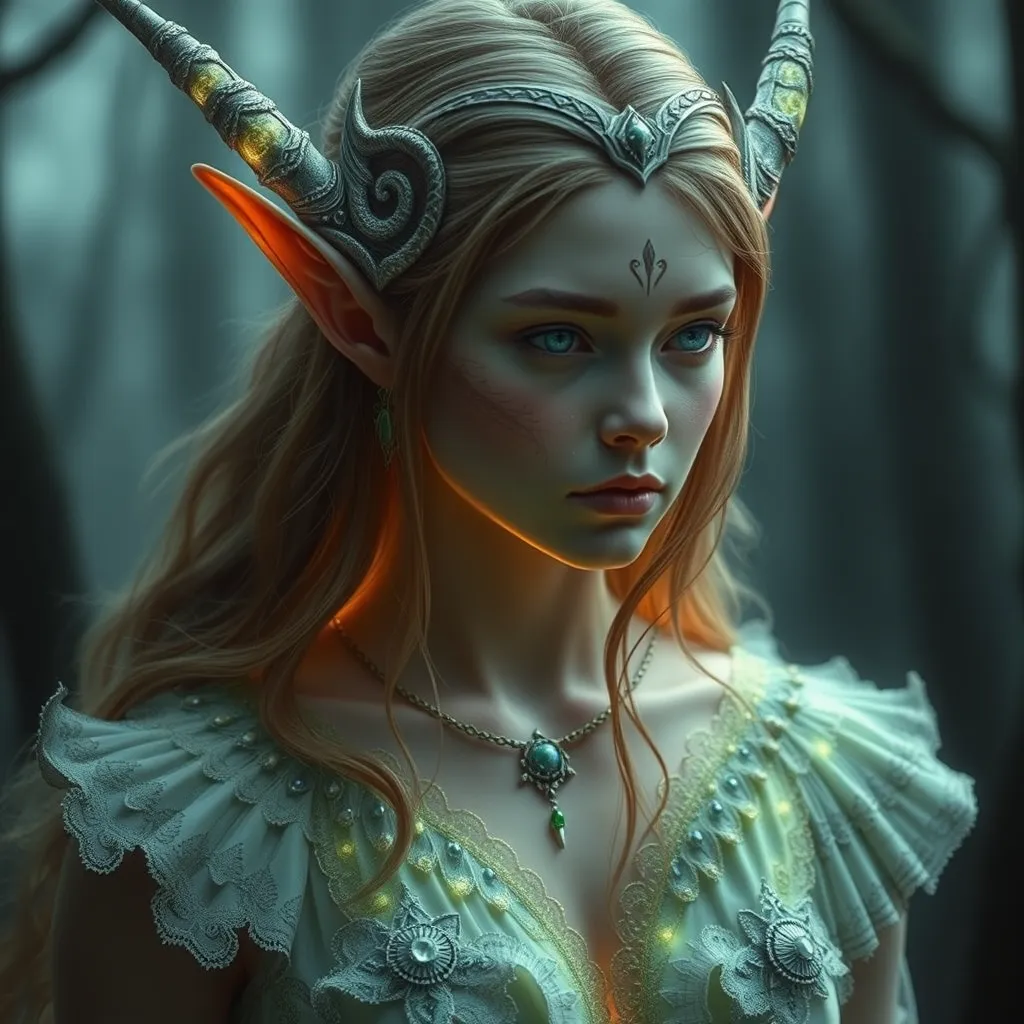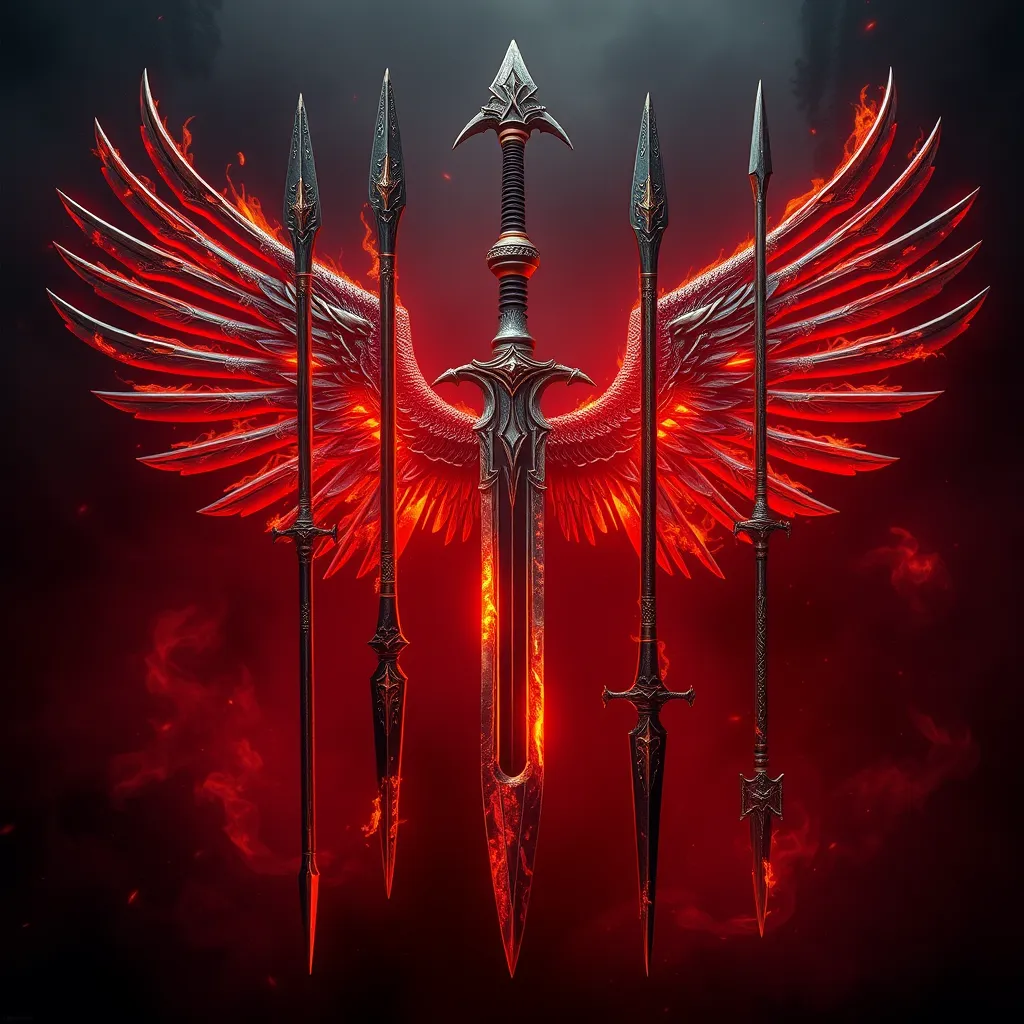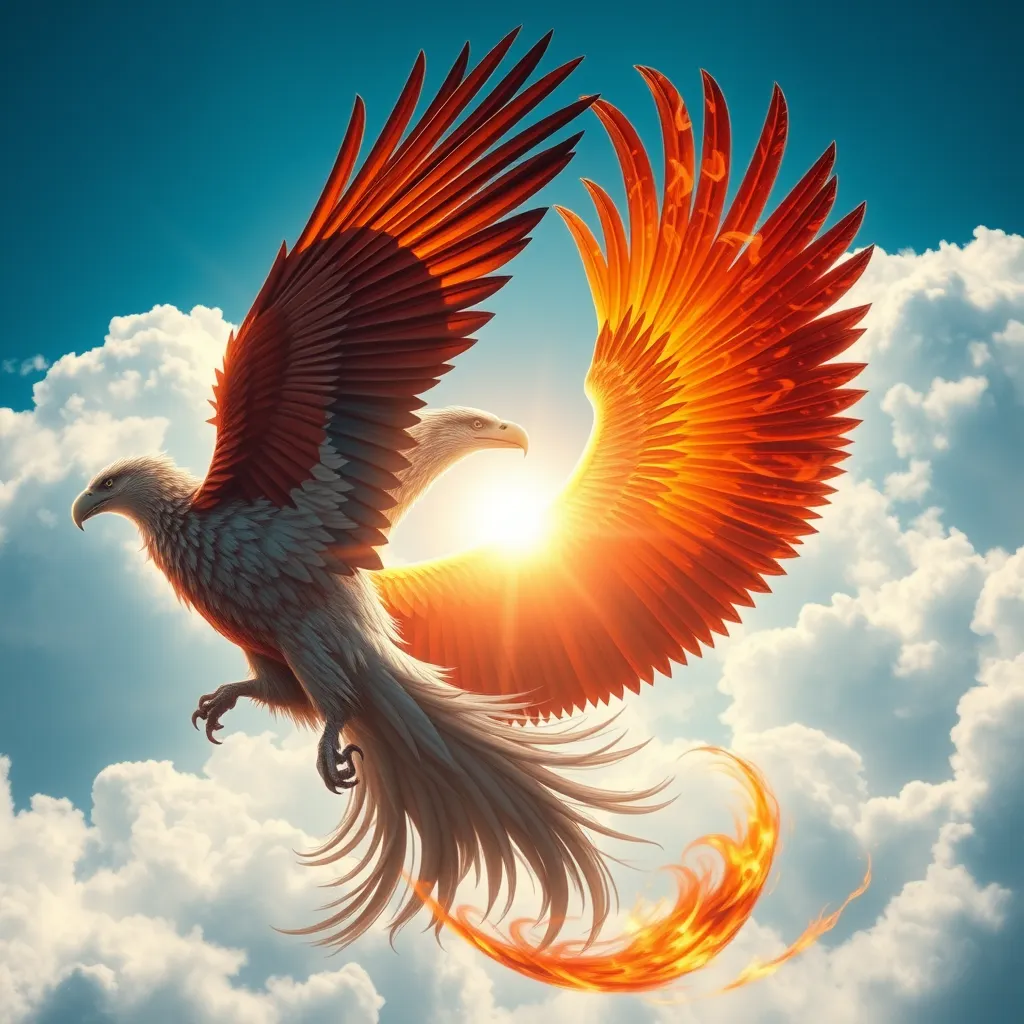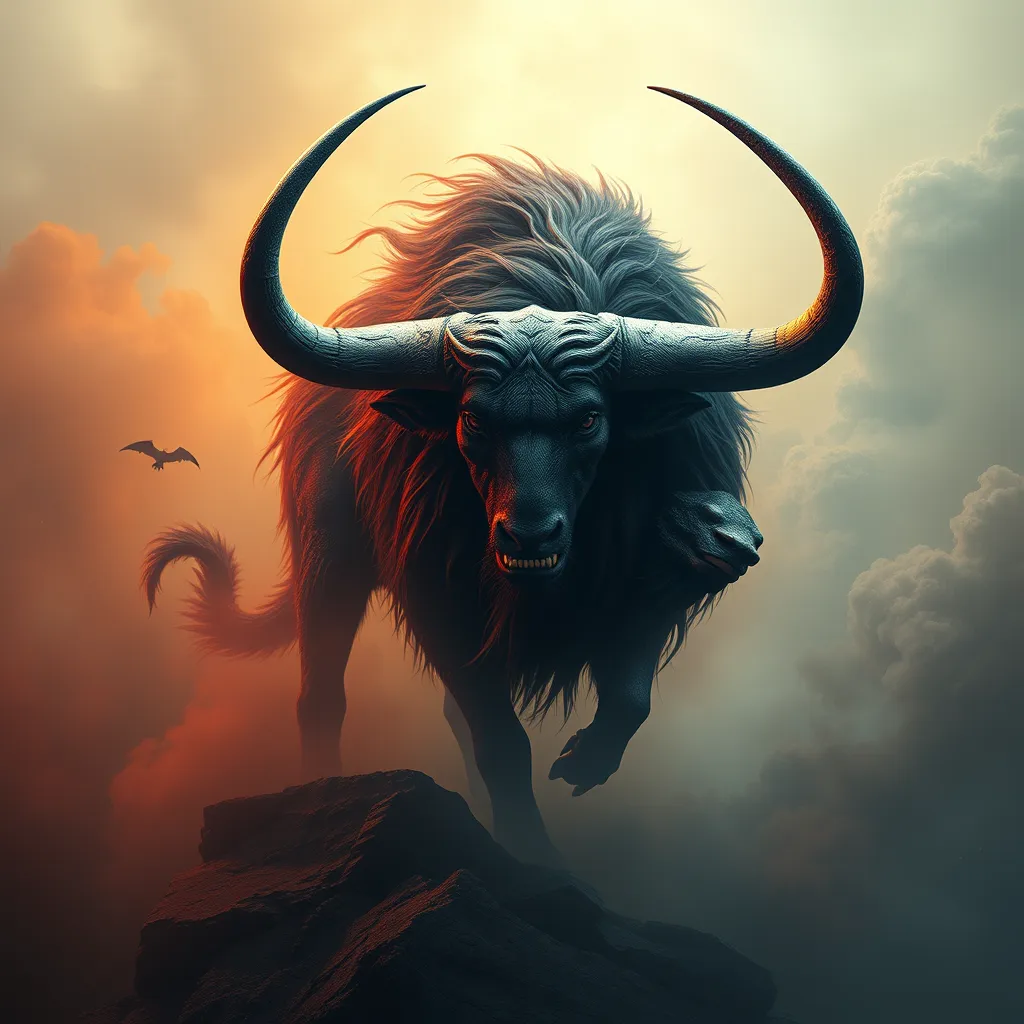The Elven Perception of Humanity: How the Fae View Humans in Mythology
I. Introduction
Elves have long been a staple of mythology, captivating the imaginations of many cultures around the world. These ethereal beings are often depicted as wise, beautiful, and closely connected to the natural world, serving various roles in folklore, from benevolent guardians to mischievous tricksters. Understanding the elven perspective on humanity offers valuable insights into how these mythical beings view the complexities of human nature.
This article aims to explore the multifaceted perceptions that elves hold about humans, highlighting both admiration and disdain. By delving into the origins of elven mythology, their characteristics, and the duality of their views toward humanity, we can gain a deeper appreciation for the intricate tapestry of human-fae relationships throughout history.
II. The Origins of Elven Mythology
The origins of elven mythology can be traced back to various ancient cultures, notably in Germanic, Celtic, and Norse traditions. Elves were often seen as supernatural beings, possessing powers beyond those of mortals.
- Historical Roots: In Norse mythology, elves were divided into Light and Dark elves, with the former associated with beauty and benevolence, and the latter with mischief and malevolence.
- Celtic Influence: In Celtic folklore, elves took on the persona of the ‘Sidhe,’ the spirits of the earth, often depicted as protectors of nature.
- Germanic Traditions: Germanic myths introduced the concept of elves as ethereal beings who could influence human fate.
As these narratives evolved, elven archetypes transformed, shaped by the cultural contexts in which they were retold. Key texts, such as the Edda and The Mabinogion, alongside numerous folk tales, have cemented the elven perspective on humanity.
III. Characteristics of Elves and Their Worldview
Elves are often characterized by their otherworldly beauty, longevity, and magical abilities. These traits contribute to a worldview that is markedly different from that of humans.
- Common Traits: Elves are usually depicted as ageless, highly intelligent, and graceful beings with a deep understanding of nature.
- Connection to Nature: They are intricately linked to the natural world, often seen as its guardians, embodying the values of harmony and sustainability.
- Value Differences: While humans may prioritize ambition and material gain, elves often value wisdom, beauty, and the preservation of nature.
IV. Humanity Through Elven Eyes
Elves’ perceptions of human behavior can be complex, marked by both curiosity and critique. Their interpretations of human emotions and relationships often reflect a deeper understanding of the human condition.
- Human Behavior: Elves may view human actions as impulsive and driven by desire, leading to both creative and destructive outcomes.
- Emotions and Relationships: Fae often perceive human relationships as intense and fraught with conflict, yet also filled with profound love and connection.
- Mythical Tales: Stories such as Eliduc from the Breton lays showcase how elves respond to human love and betrayal.
V. The Duality of Elven Perception
The elven perception of humanity is characterized by a duality of admiration and disdain. This complexity is evident in many myths and tales.
- Admiration vs. Disdain: While elves admire human creativity and resilience, they may also disdain the human propensity for conflict and destruction.
- Envy and Superiority: Some narratives depict elves as envious of human freedom, while simultaneously viewing themselves as superior due to their longevity and wisdom.
- Collaboration and Conflict: Tales of collaboration, such as those seen in The Lord of the Rings, contrast with stories of conflict, such as the rivalry seen in The Hobbit.
VI. The Influence of Elven Perception on Human Culture
The elven perspective has significantly influenced human folklore and cultural beliefs, permeating literature and art throughout the ages.
- Folklore and Beliefs: Elven myths have contributed to various folklore traditions, teaching lessons about respect for nature and the consequences of greed.
- Literature and Art: Works by authors like J.R.R. Tolkien and C.S. Lewis illustrate how elven qualities are woven into human storytelling, enriching narratives with themes of magic and morality.
- Modern Interpretations: Contemporary representations of elves in film, literature, and games often reflect a blend of ancient traits and modern values, reimagining their roles in society.
VII. Case Studies: Notable Myths and Stories
Several notable myths illustrate the elven views on humans, providing rich insights into their perspectives.
- The Tale of Tannhauser: This story illustrates a human’s interaction with the elven realm, showcasing the allure and dangers of elven magic.
- Fionn mac Cumhaill and the Sidhe: This myth depicts the interactions between humans and the Sidhe, highlighting themes of love, loss, and the boundaries between worlds.
- Moral Implications: Many of these stories carry lessons about humility, respect for nature, and the consequences of human hubris.
VIII. Conclusion
In conclusion, the elven perception of humanity is a rich and intricate aspect of mythology that reveals much about both elves and humans. This duality of admiration and disdain illustrates the complexities of human behavior and the values that elves hold dear. Understanding these perspectives can foster a greater appreciation for the lessons embedded in mythology.
As we reflect on the significance of these views today, it becomes clear that the interplay between elven and human narratives continues to shape our understanding of morality, nature, and our own existence. Future explorations into these relationships will undoubtedly yield further insights into the timeless connection between these two worlds.




